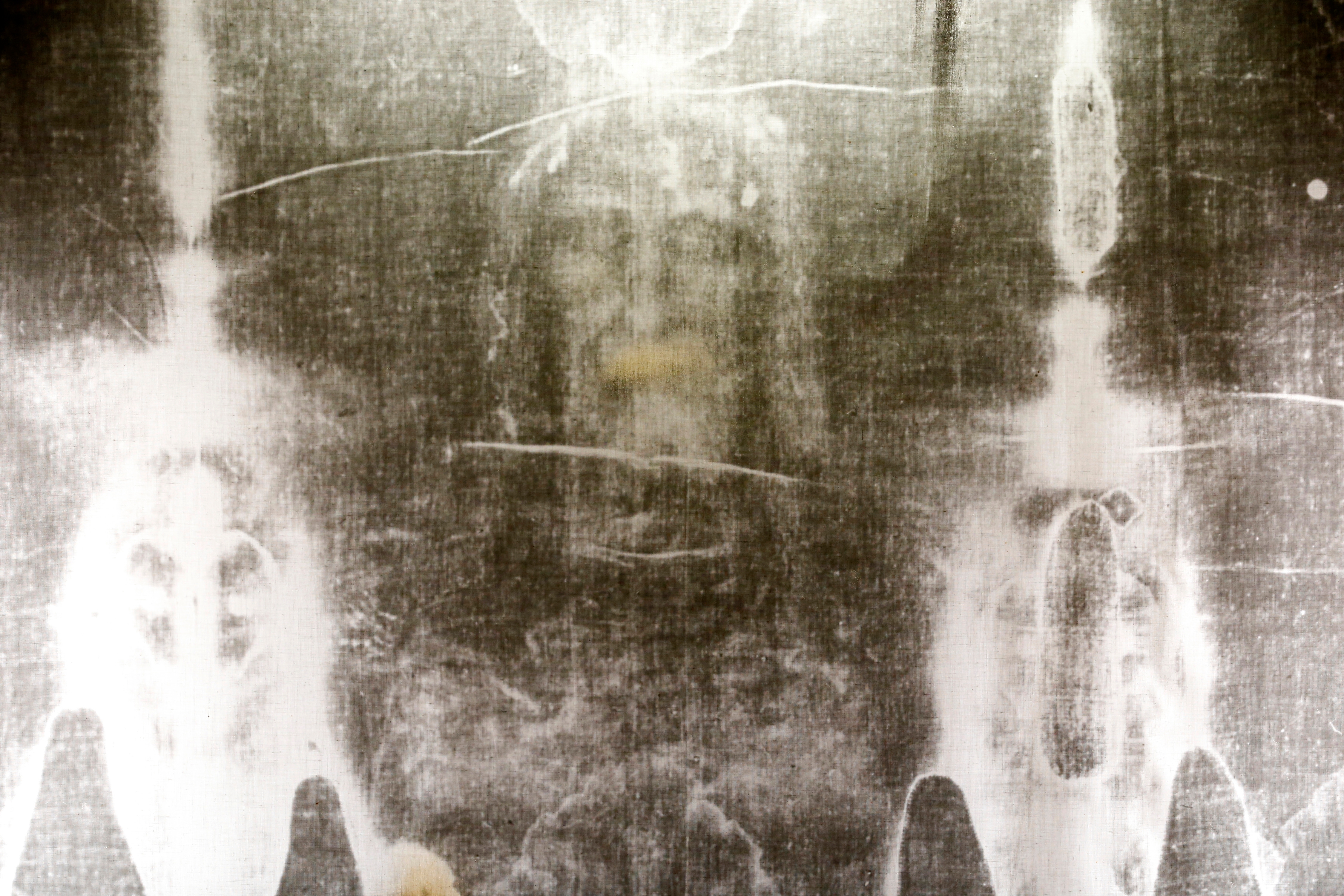Was Jesus a man, a myth, or something in between? While we can’t comment on supernatural claims of water-walking and red wine alchemy, many historians agree that Jesus was a living, breathing person who walked the Earth.
ADVERTISEMENT GO AD FREE
Let’s assume, as most scholars do, that Jesus H Christ was an influential Jewish preacher born in the Eastern Mediterranean region just over 2,000 years ago, whose life became heavily mythologized and ultimately formed the foundation of Christianity.
There is a wealth of written sources to support this view of Jesus’s life. The most obvious is the Bible. The New Testament – particularly the four canonical Gospels of Matthew, Mark, Luke, and John – provides accounts of Jesus Christ’s life, including his birth, ministry, crucifixion, and resurrection.
However, the New Testament can’t be treated as a watertight historical source. Its primary purpose is theological, aiming to convey religious and moral ideas rather than to serve as a precise record of fact. Additionally, it features many inconsistencies as it was composed by multiple authors, each with their own perspectives and intentions. As the text was passed on, it was adapted and edited to reflect the needs and feelings of the time.
Outside of strictly Christian sources, the historical figure of Jesus can be found in many contemporary Greco-Roman and Jewish texts. Some of the best-regarded come from the Jewish historian Josephus (37 to 100 CE) and Roman historian Tacitus (56 to 120 CE).
As pointed out by a 2015 article in the Biblical Archaeology Review, Josephus mentions that Jesus had a brother called James and acknowledged his role as an influential teacher who was crucified. Tacitus details the emergence of the Christian movement in Roman-controlled Judea around the first century CE and describes the execution of Jesus under Governor Pontius Pilate.
There is also the second-century Greek philosopher Celsus, who thought that Jesus was akin to a magician who made wild claims, while Roman author Pliny the Younger wrote about early Christians worshipping Christ “as to a god.”
ADVERTISEMENT GO AD FREE
The Biblical Archaeology Review article goes on to note that it’s somewhat telling that most non-Christian sources may depict Jesus as a nefarious magician who made exorbitant claims and led the masses astray, yet they never doubt his existence.
Any historical source should be treated with a bundle of caution and skepticism, especially when there’s so much “skin in the game” like the foundation of a world religion. Nevertheless, some researchers argue there’s no reason to assume that ancient accounts of Jesus are any less reliable than stories of other historical figures from the time.
Historian Michael Grant explains in the book Jesus: An Historian’s Review of the Gospels: “If we apply to the New Testament, as we should, the same sort of criteria as we should apply to other ancient writings containing historical material, we can no more reject Jesus’ existence than we can reject the existence of a mass of pagan personages whose reality as historical figures is never questioned.”
The archaeological evidence for Jesus
Things are more concrete when looking for solid archaeological evidence that Jesus existed: there isn’t any. Many believers have attempted to argue there is physical evidence of the man that persists today, but nothing conclusive (or overly convincing) has ever been found.

The Shroud of Turin, a burial linen that some claim has the imprint of Jesus Christ.
Image credit: godongphoto/Shutterstock.com
One of the most debated objects is the Shroud of Turin, a linen burial cloth that appears to have the faint impression of a crucified man imprinted upon its surface. It first appeared in the historical record around 1354 CE when it was obtained by a church in France, becoming a must-see pit stop for pilgrims from around the world.
However, there are significant doubts about the authenticity and age of the object. In more recent decades, scientific methods have been used to analyze the artifact, with mixed results. Some scientists have claimed their work shows the cloth is around 2,000 years old, suggesting its link to Jesus is legitimate. Conversely, more credible research has dated to the relic around 1260 to 1390 CE, leading many to consider it a medieval forgery.
There are many other claims that have been made about nails and wood chips from the “True Cross,” as well as the thorn crown worn during his execution, but these arguments are considered to be equally dubious.
It might seem unusual that such an influential figure left behind no physical remains, but as Bart D. Ehrman, a religious studies professor at the University of North Carolina and author of Did Jesus Exist? The Historical Argument for Jesus of Nazareth, told History in 2019: “The reality is that we don’t have archaeological records for virtually anyone who lived in Jesus’s time and place.”
ADVERTISEMENT GO AD FREE
“The lack of evidence does not mean a person at the time didn’t exist. It means that she or he, like 99.99 percent of the rest of the world at the time, made no impact on the archaeological record,” explained Ehrman.
Unlike emperors who left behind towering monuments and battlefields strewn with skeletons, Jesus’s influence endures through the power of ideas, not physical remains. Civilizations rise and fall, but some ideas have a remarkable ability to persist against the odds.
Source Link: Was Jesus Real?